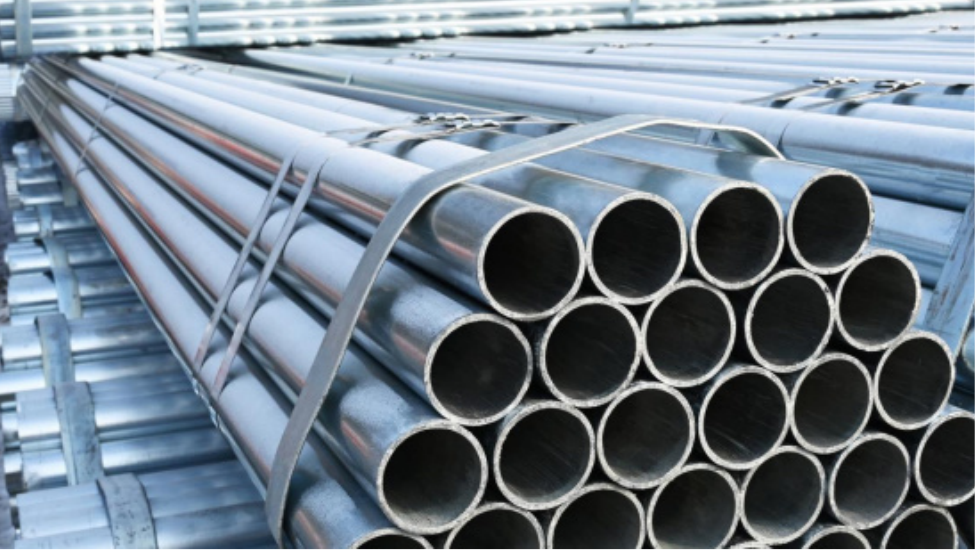
In the vast realm of material processing, the zinc - colored process stands out as a remarkable technology, forging a legend of durability that has far - reaching implications across multiple industries.
The Essence of the Zinc - Colored Process
The zinc - colored process, at its core, involves applying a layer of zinc to a base material, often metal, through techniques such as electroplating or hot - dip galvanizing. This thin yet mighty zinc coating reacts with the environment to form a series of zinc - based compounds. These compounds not only add a visually appealing spectrum of colors but, more importantly, act as a robust shield against corrosion, oxidation, and other forms of degradation.
A Multifaceted Shield
One of the primary functions of the zinc - colored process is corrosion resistance. Metals are inherently vulnerable to the corrosive effects of moisture, oxygen, and various chemicals in the atmosphere. The zinc layer sacrificially protects the underlying metal. When exposed to a corrosive agent, zinc corrodes preferentially due to its lower electrode potential compared to many base metals. This sacrificial action ensures that the base metal remains intact for an extended period. For example, in outdoor infrastructure like bridges and power pylons, the zinc - colored coating can withstand years of harsh weather conditions, from rain and humidity to salt - laden sea breezes.
In addition to corrosion protection, the zinc - colored process also enhances wear resistance. The zinc coating, with its unique physical properties, can reduce friction between moving parts in machinery. This leads to a decrease in wear and tear, thereby increasing the lifespan of mechanical components such as gears, shafts, and fasteners. This wear - resistant quality is crucial in industrial applications where high - stress and continuous - use scenarios are the norm.
Ubiquitous Applications
The applications of the zinc - colored process are as diverse as they are extensive. In the automotive industry, it is used to protect body panels, chassis components, and engine parts. Cars are constantly exposed to road salts, rain, and mechanical stress. The zinc - colored coating ensures that the vehicle's metal parts remain in good condition, maintaining structural integrity and appearance over time. This not only extends the lifespan of the vehicle but also reduces maintenance costs.
In the construction sector, from roofing materials to steel reinforcements in concrete structures, the zinc - colored process plays a vital role. Roofing sheets with a zinc - colored finish can endure decades of sunlight, temperature variations, and precipitation. Steel reinforcements coated with zinc prevent the concrete from cracking due to the rust - induced expansion of unprotected steel, ensuring the long - term stability of buildings and other structures.
Even in consumer goods, the zinc - colored process is at work. Appliances, furniture hardware, and decorative items all benefit from the corrosion - resistant and aesthetically pleasing properties of zinc - colored coatings. A simple door handle or a kitchen appliance can have its lifespan significantly extended while also adding a touch of elegance with the unique colors provided by the zinc - colored process.
The Future of the Zinc - Colored Process
As technology continues to advance, the zinc - colored process is also evolving. Researchers are constantly exploring new ways to improve the efficiency of the process, reduce its environmental impact, and enhance the performance of the zinc - based coatings. For instance, the development of more eco - friendly plating solutions and the use of nanotechnology to create thinner yet more effective zinc - based nanocomposite coatings hold great promise. These advancements will not only further expand the applications of the zinc - colored process but also contribute to a more sustainable and durable future.
In conclusion, the zinc - colored process, with its ability to confer exceptional durability, has become an indispensable part of modern manufacturing and construction. It has forged a legend of durability that continues to shape our world, from the towering skyscrapers we work in to the cars we drive, and will undoubtedly play an even more significant role in the future as we strive for more sustainable and long - lasting materials and products.